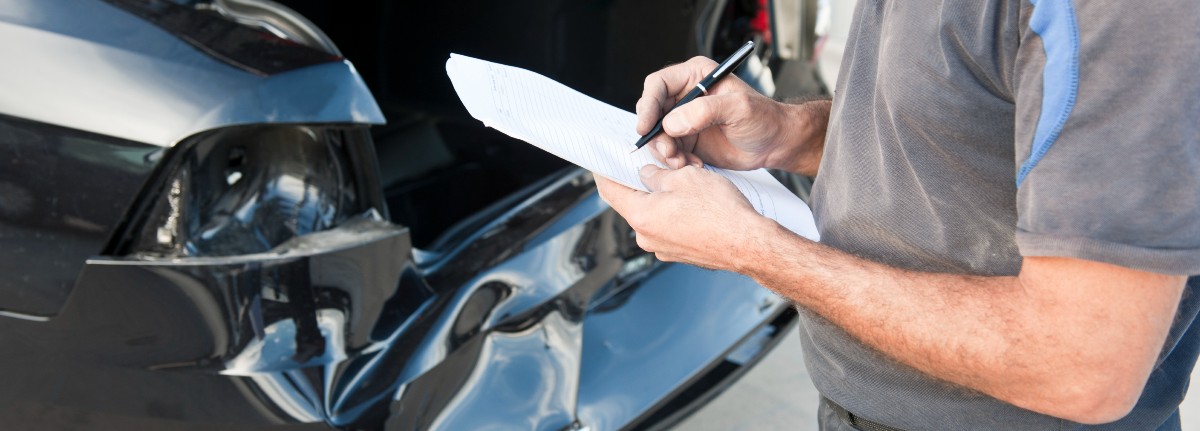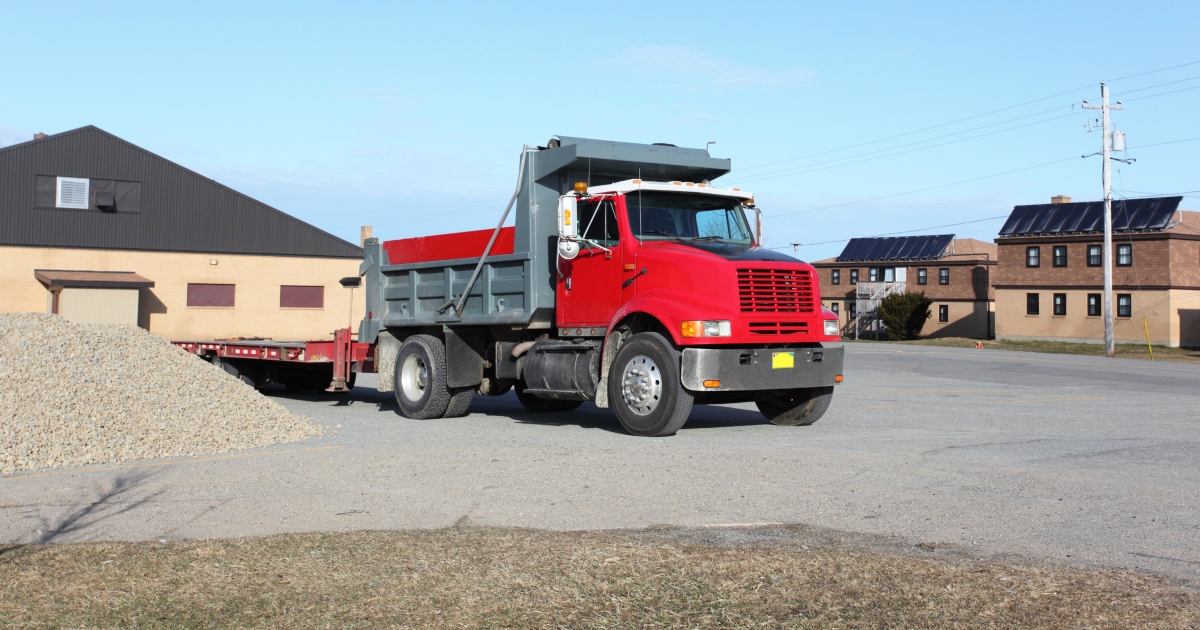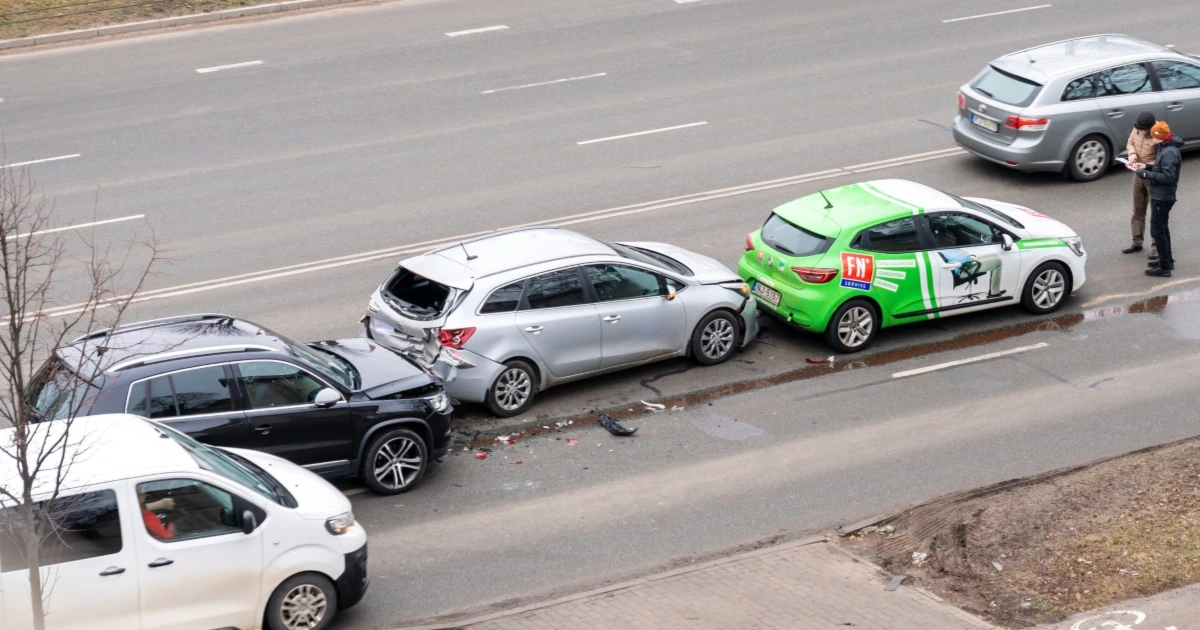Why Fault for a Rear-End Crash May Be Complex
People file injury claims for a wide variety of car accidents, but many of these claims involve rear-end collisions. Rear-end crashes are one of the most common types of car accidents, partly because they can happen in a wide variety of situations. Rear-end accidents are also common because they often result from distracted driving, which has become an epidemic across the country.
When these crashes occur, people often assume the rear driver is the one at fault. People may not realize that there are times when the lead driver bears some liability.
Friedman, Domiano & Smith’s experienced Cleveland vehicle accident attorneys discuss the complexities of rear-end accident cases and why it benefits victims to seek legal representation. At our firm, there are no upfront fees to hire an attorney and no fees while we work on your case.
Need legal assistance after a crash? Call today: 216-621-0070.
Types of Negligence That Contribute to Rear-End Accidents
If you were injured in a crash and are pursuing compensation, your lawyer must prove another driver caused the crash through his or her negligence. The definition of negligence is a failure to uphold a duty of care owed to the victim.
There are various types of negligence that could contribute to a rear-end accident, including:
- Speeding
- Distracted driving
- Intoxicated driving
- Following too closely
- Failing to maintain your vehicle
- Unsafe lane changes
- Failing to yield the right of way
Negligence often refers to a violation of a law meant to protect others from harm, such as violations of traffic laws set by the state.
The attorneys at Friedman Domiano & Smith are available to discuss negligence and other aspects of a claim for compensation. The initial consultation is free.
Why Rear-End Crashes Happen
Rear-end crashes often happen at red lights or stop signs. For example, one car may get hit in the rear by another at a red light. The rear driver may have been speeding and unable to slow down, or he or she may have been distracted and did not realize there was a stopped car.
There are also times when the lead driver may pull up further but not proceed through the intersection. The rear driver may not be paying attention and may think the lead driver is going through the intersection. The rear driver hits the gas and crashes into the back of the lead driver. This type of crash could also happen at a red light because the rear driver thinks the lead driver is going to turn.
Rear-end accidents frequently happen in heavy traffic. For example, drivers could get rear-ended on an interstate in stop-and-go traffic. Despite the increased risk of a crash with cars being so close together, many drivers allow themselves to be distracted. Whether using their smartphones, listening to music or having conversations with other passengers, distractions are dangerous. Looking away from the road for even a split second could result in a rear-end crash.
When the Lead Driver May Be Partially at Fault
There may be times when the lead driver could be fully or partially at fault for a rear-end accident.
Sometimes drivers get irritated because they feel they are being followed too closely by another car. They may decide to brake-check the driver behind them in a fit of rage. However, this could result in a crash and fault may be shared between both drivers.
There are also rear-end crashes that occur in parking lots and other situations when drivers are backing up. If another driver backs up into your vehicle and you had the right of way, that driver will likely be assessed with fault for the crash.
The lead driver may be at fault for a rear-end crash if he or she cuts off another driver. In that scenario, the rear driver may not have enough time to stop or avoid hitting the lead driver.
There are other cases when the brake lights on the lead car are broken. This may not be as significant during the daytime, but at night, broken lights can make it much harder to see a vehicle.
Sometimes drivers need to pull over, but they may fail to get over far enough to avoid oncoming traffic. If this happens, it could lead to a rear-end or sideswipe crash. The driver who getting off the roadway may be liable for not pulling over far enough.
What Happens if Fault for a Rear-End Crash is Shared?
If fault is shared between two drivers involved in a crash, the victim may still be eligible to recover compensation. Under Ohio’s comparative negligence law, victims may still recover compensation if they are not more at fault than the other party.
If you are 50 percent or less at fault for the crash, your compensation award will be reduced according to your percentage of fault. In other words, if you are 10 percent to blame, your compensation award would then be reduced by 10 percent.
However, the insurance company may try to claim you are partially to blame when that may not be true. You should not trust the insurance company’s assessment of a crash. They have a personal stake in finding reasons to deny or devalue your claim.
While there are scenarios when the lead driver may be at fault, usually the rear driver is to blame.
Call to Schedule a Free Consultation to Discuss a Lawsuit
For several decades, the attorneys at Friedman Domiano & Smith have been helping injury victims take legal action to recover compensation for damages. We are prepared to manage every step of the legal process on your behalf at no upfront cost.
You do not need to go through the legal process alone. Having a strong advocate is vital as the insurance company is looking to avoid paying fair compensation.
Contact us today to talk about your crash: 216-621-0070.
Comments are now closed




Comments